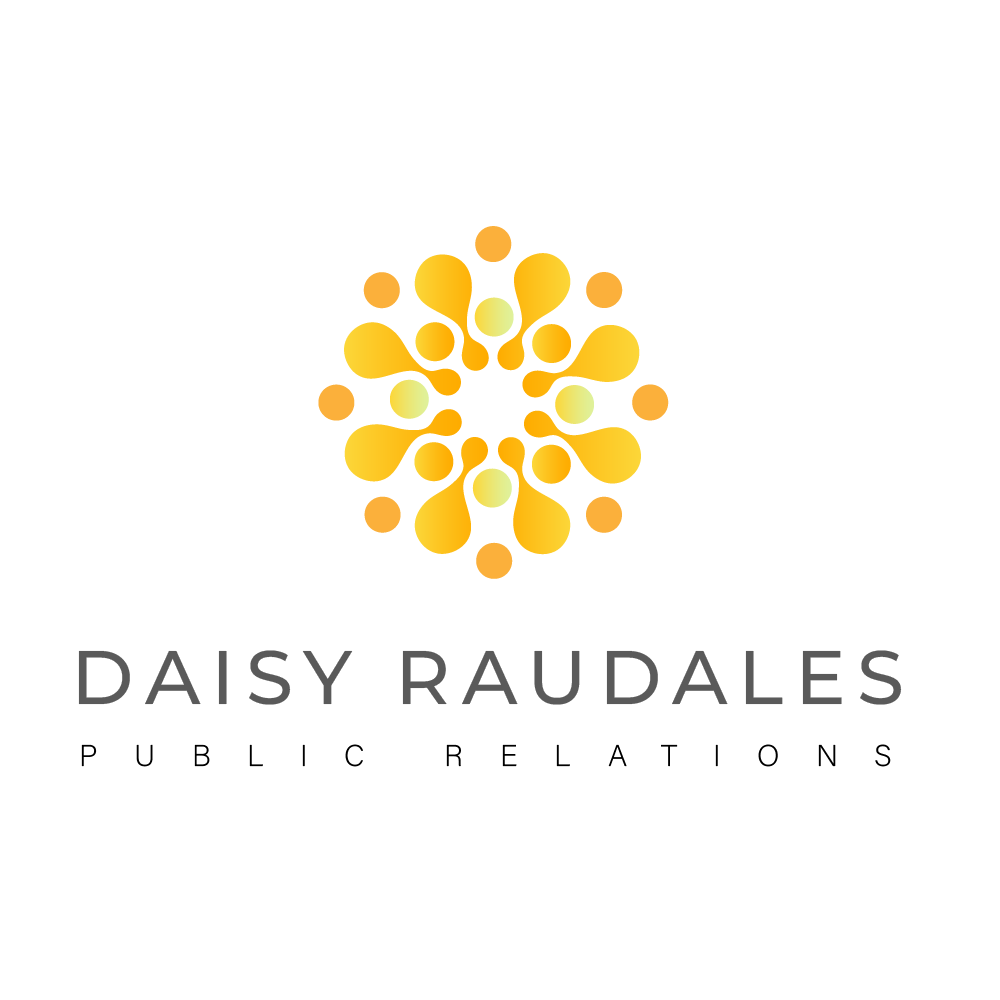Pitching 101: Getting Eyes on Your Business
If you’re a local business looking to boost your publicity, public relations can be a powerful tool and pitching is often the first step. So what exactly is a PR pitch, when should you send one, and how does it actually help your business? Let’s break it down!
First, what is PR pitching?
Pitching is when you reach out to a journalist or media outlet to share a story idea. That could be news about your business, an upcoming event, a community project you’re involved in, or a topic where you can offer insight or expertise. The goal is to catch their interest so they’ll cover your story in the media, whether that’s a local newspaper, radio station, online news outlet, or even a podcast.
In short, it's your way of saying, “Here’s something timely and relevant we think your audience would care about.” It’s not about selling, it’s about sharing a story that adds value.
When should you pitch?
You want to pitch when there’s something new or timely to share. That could be a product launch, a business milestone, a seasonal campaign, or a way your work connects to what’s happening in the news or your industry. It’s also worth pitching when you can offer a unique perspective on a local issue or trend, especially if it ties back to your expertise or experience.
Good PR is proactive, so it’s important to plan ahead. Try to reach out at least two to four weeks before your announcement or event. That gives the media time to consider it, ask questions, and schedule an interview or coverage if they’re interested. Reporters are often juggling a lot, and early notice can make a big difference.
How does pitching work?
Pitching media starts with a little homework. Figure out which outlets and reporters cover stories like yours. Ideally, you want to find ones that focus on your industry, community, or customer base. Once you’ve identified the right people, send a short, personalized email. Introduce yourself, explain the story, and get to the point quickly. Make it clear why this story matters right now and what makes it worth covering.
Keep it simple, helpful, and respectful of their time. You’re not sending a press release, you’re starting a conversation. If you don’t hear back, a polite follow-up after a couple days is a great way to boost the email in their inbox.
Why does it matter?
When your business is featured in the media, it creates credibility. A news story or interview builds trust with potential customers in a way that paid ads often can’t. That kind of visibility can lead to increased awareness, new customers, and future opportunities, especially when the coverage is local and relevant to your audience.
Over time, pitching can also help you build relationships with reporters and editors, which opens the door to more coverage down the line. You become a go-to source, not just a one-time feature.
PR pitching is something any business can do with a bit of planning, a good story, and a clear message. It’s a simple, cost-effective way to get your name out there and connect with your community. It just might be the boost your business needs to get noticed.
Want to know more about PR strategy and pitching? Contact us today to learn more about how you can make the most of the media.


